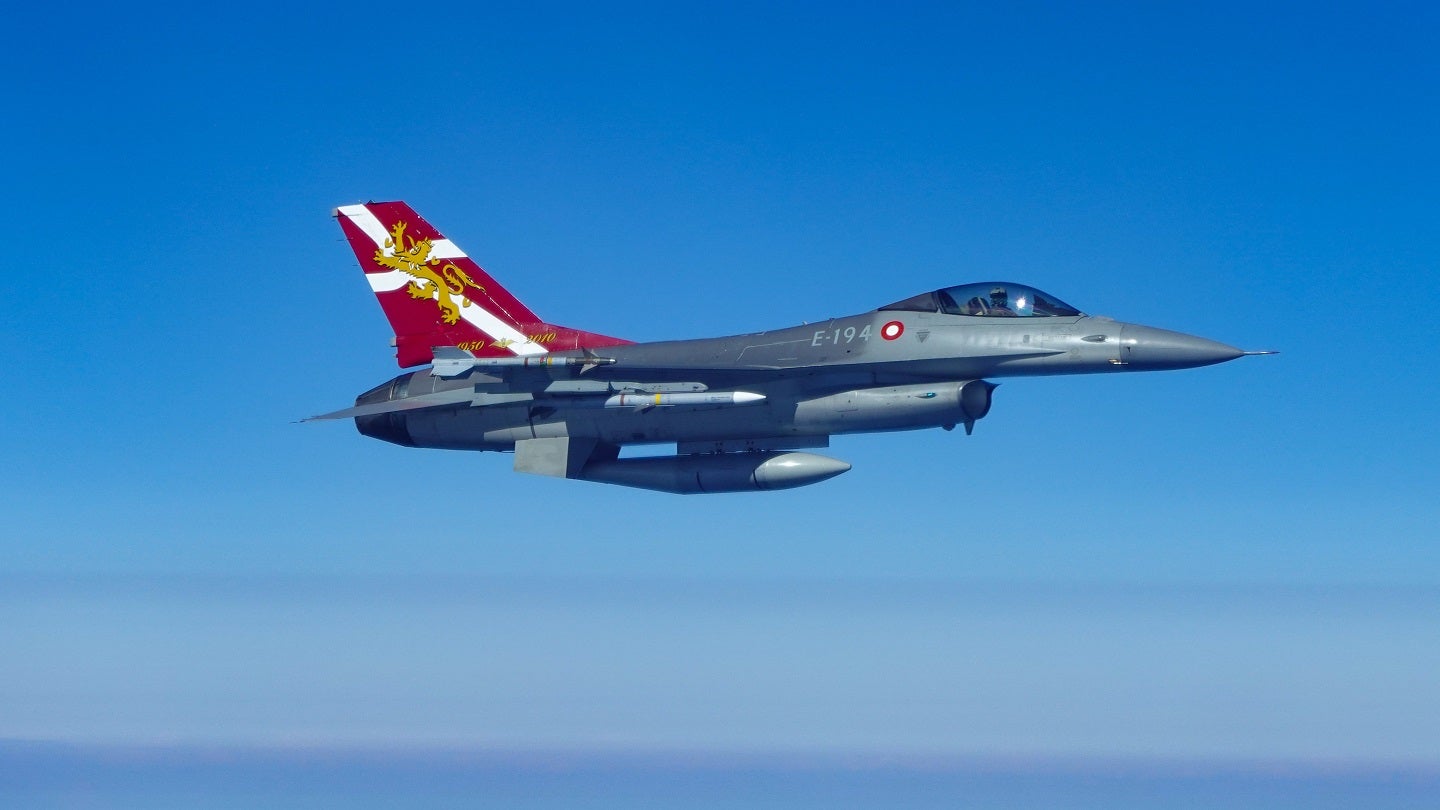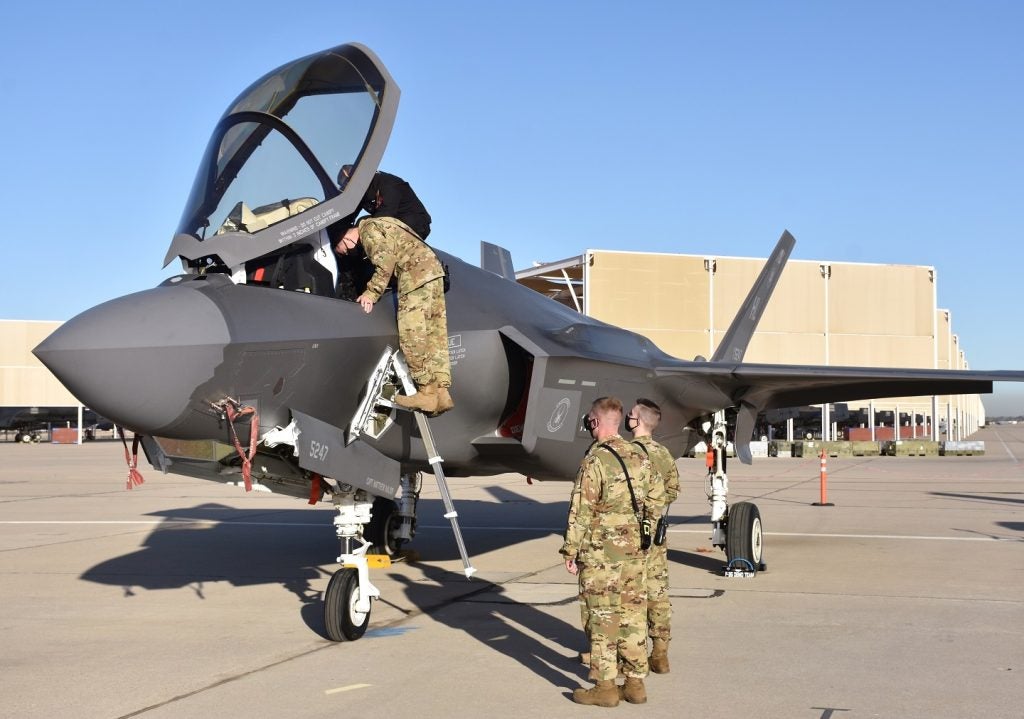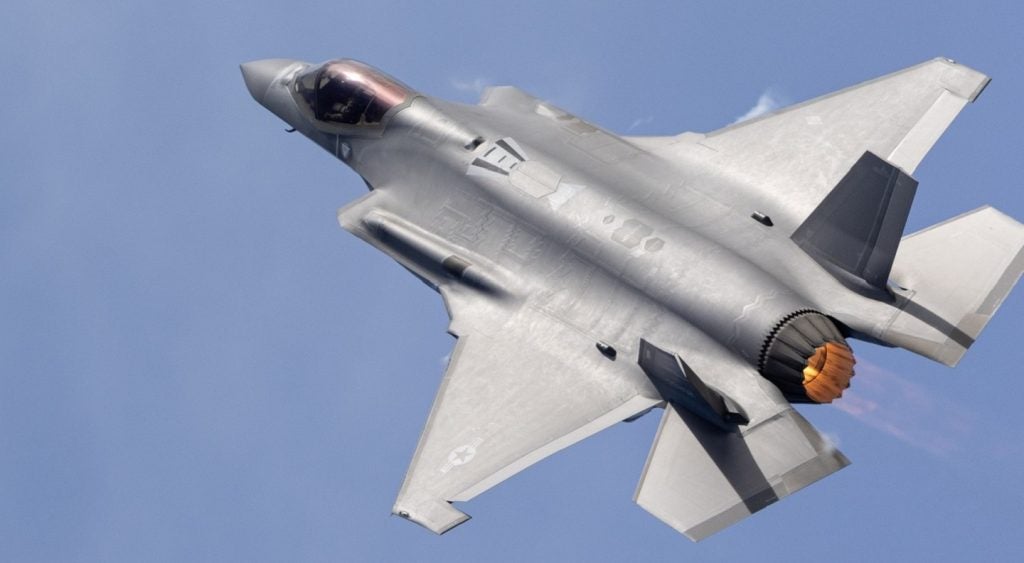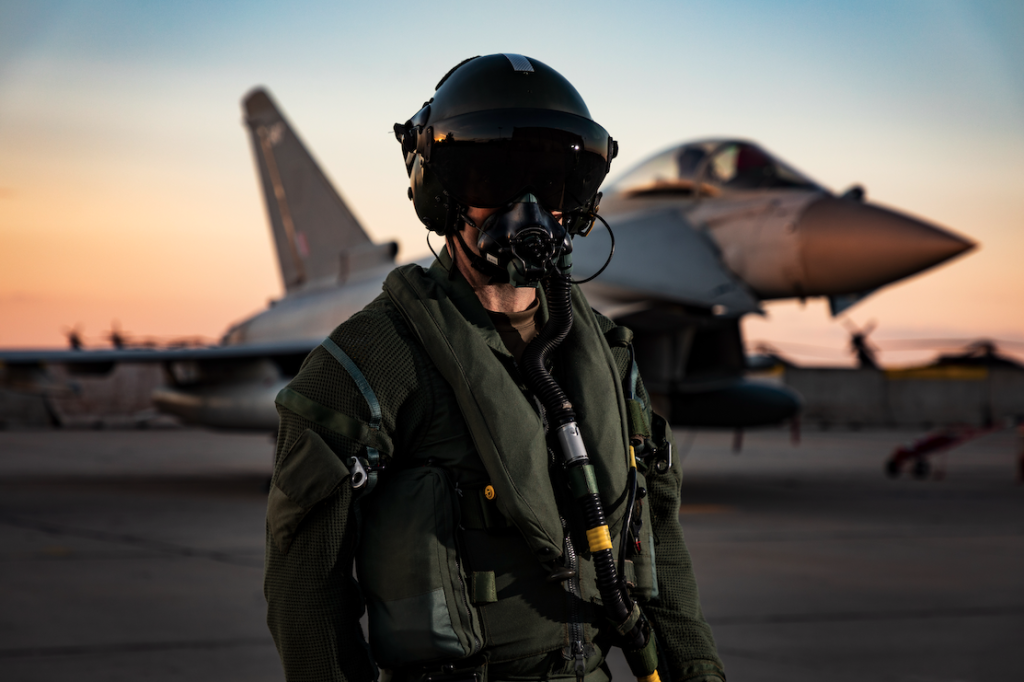
The US Department of Defense (DoD) has revealed that European partner nations of the Ukraine Defence Contact Group (UDCG), a grouping of nations committed to the support of Ukraine in its fight against Russia, will lead an F-16 training committee to determine how to train Ukrainian combat pilots in the airframe.
Ukraine has long called for the provision of modern fighter aircraft to help secure the country’s skies from Russian threats, with its own remaining Air Force made up of older Mig-29, and Su-24, -25, and -27 aircraft.
Previously, Ukrainian President Volodymyr Zelensky petitioned the UK in the so-called ‘Wings for Freedom’ speech in the UK parliament and has repeatedly make the case for fighter jet provision.
Speaking at a Pentagon media briefing on 25 May, Lloyd Austin, US Secretary of Defense, stated that during a meeting of the UDCG plans were further discussed in how to provide F-16 combat aircraft training to Ukrainian pilots. Denmark and the Netherlands will take lead the F-16 training committee.
Austin added that in the “coming weeks” more of the training framework would be completed, while Belgium, Norway, Portugal, and Poland have offered to contribute to the F-16 training programme.
How well do you really know your competitors?
Access the most comprehensive Company Profiles on the market, powered by GlobalData. Save hours of research. Gain competitive edge.

Thank you!
Your download email will arrive shortly
Not ready to buy yet? Download a free sample
We are confident about the unique quality of our Company Profiles. However, we want you to make the most beneficial decision for your business, so we offer a free sample that you can download by submitting the below form
By GlobalDataSee Also:
For Nato allies and members of the UDCG a fund would be created to enable countries with no materiel expertise in operating or training the F-16 to contribute financially to the programme. The long-term aim will be the provision of fourth-generation F-16 fighters to Ukraine to help secure its skies from Russian threats.
A number of European countries are either current or previous operators of the F-16 aircraft, which were procured from the US. Denmark has a considerable fleet of airframes, having recently begun upgrading to the F-35 fifth-generation stealth fighter.
The Norwegian Government on 25 May stated that it “will consider how to contribute to the education and training of Ukrainian personnel on the F-16 fighter plane”.
Airspace contested over Ukraine
The air war over Ukraine is still contested, with ground-based air defence systems on both sides saturating the airspace and making its impossible for the safe operations of aircraft. To this end, long-range missile systems provided to Kyiv, such as the UK’s Storm Shadow, offer a way to disrupt Russia’s air defence network inside occupied parts of Ukraine.
General Mark Milley, Chairman of the US Joint Chiefs of Staff, said that the “fastest and cheapest” way to control airspace as the Ukraine-Russia war evolved was through the provision of GBAD capabilities.
“As we go forward the F-16 will have a role, [but] it is going to take a considerable length of time,” Milley said.
Milley added that the cost for the acquisition of ten F-16 multirole fighters in the international market was around $1bn, with sustainment of the airframes likely to come in at another $1bn.
“There are no magic weapons in war, [the] F-16 is not, neither is anything else. You need a significant number, [the cost of] all of that package, you wouldn’t have tanks, Bradley [armoured fighting vehicle], anti armour [missiles]. It’s a cost-risk benefit analysis that leads you to these incremental packages,” Milley detailed.
How influential is US support for Ukraine?
Despite the provision of nearly $40bn in military assistance to Ukraine since Russia large-scale invasion of the country in 2022, the US has lagged behind other Nato allies in quickly providing battlefield equipment and training. The UK for example, whose donations amount to around one-tenth of the value of those from the US, has consistently led the way by granting anti-armour weapons, main battle tanks, and now long-range missile capabilities to Ukraine.
The US, in contrast, took months to determine whether to provide MBTs to Ukraine, and when it did commit to the provision of the M1A2 Abrams tank, it subsequently changed its mind to donate the older M1A1 variant instead. In the time it took the UK commit to the provision of its Challenger 2 tank to Ukraine, train Ukrainian military personnel in its operation, and deliver the platform into theatre, the US had yet to deliver M1A1 Abrams training vehicles to Germany.
The decision by the US in allowing overseas operators of the F-16 fighter to create a framework for training Ukrainian pilots is another slow step towards the provision of platforms that Ukraine says it needs. Members of the UDCG have consistently claimed that equipment is being provided as Kyiv asks for it, however it is clear that the US is keen to avoid being dragged into the conflict with Russia through a war of escalation.
“This is a Ukrainian war,” Milley said, when asked about operational restrictions being placed on US-provided weapons, ensuring that they are not used to attack targets inside Russian territory.
However, far from sitting on the sidelines in the 15-months since the invasion, the US appears to be the deciding factor as to when Ukraine is able to go on the offensive and take back territory occupied by Russia.
Without US financial backing, and possible support in other military areas, Ukraine would be unable to conceive of securing a battlefield victory over Moscow. On the other hand, there is no guarantee that even with US support this is even achievable given the operational restrictions known to have been placed on US-supplied equipment.
“We have asked Ukraine not to use US supplied equipment in direct attack into Russia,” Milley confirmed.







